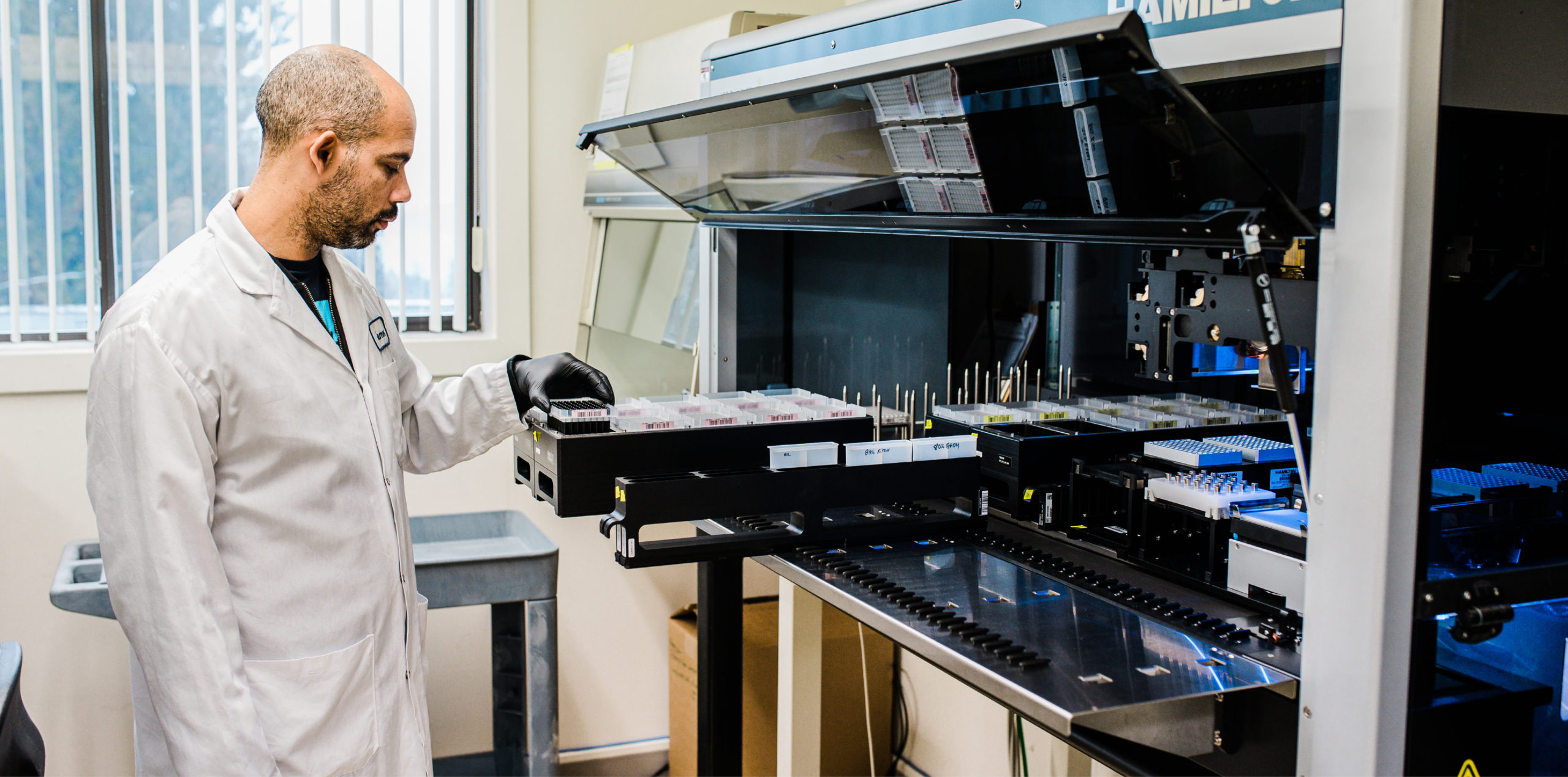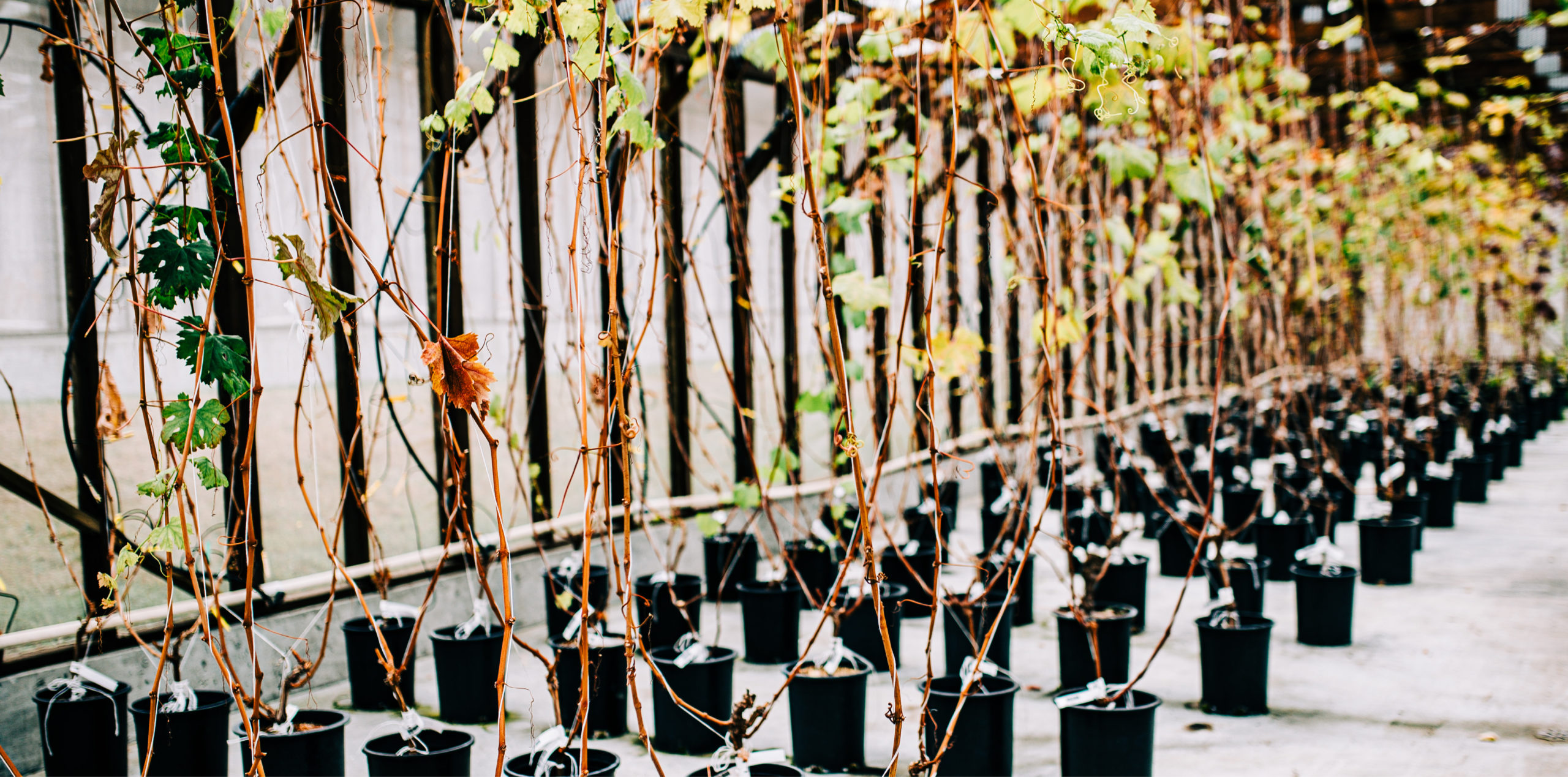by Jo Barnes | photos by Janis Jean Photography –
As a new backyard gardener, my efforts to grow my own produce brought mixed results. The snow pea stalks were tall, their stems laden with delicious green pods. But my strawberry plant looked so sad and forlorn, with one tiny strawberry hanging there. Was it the soil, bugs, or the seeds? It was a mystery.
At The Centre for Plant Health (CPH), in North Saanich, agricultural mysteries are solved every day and with an impact reaching far beyond the backyard garden. Here, safeguarding plants and the health of people and environment, while supporting economic growth, is the entire objective.
Peninsula residents regularly drive by its familiar sign along the Pat Bay Highway, but many are not aware of the inner workings of the Centre for Plant Health of the Canadian Food Inspection Agency (CFIA). “We are one of 13 laboratories across Canada. Our mandate is plant health,” shares Andrea Kalischuk, Director. “When people are passing by, we look quite locked down and we are. We bring in plant specimens from across the globe, and we are looking for viruses in these commodities.”
The Centre for Plant Health, otherwise called The Sidney Laboratory, is a research and diagnostic facility that carries out quarantine, study, and diagnosis of imported plant material. It’s the only facility in Canada whose focus is virus testing of all fruit-bearing trees, grapevines and small fruit.
Safeguarding the health of plants is of critical importance. Plants that enter the country can potentially harbour a virus and that can have a serious impact. “A virus is difficult to eradicate and has the potential to move into different areas of the land mass such as agricultural lands and native species, so safeguarding plants is critical,” comments Andrea.
Given the inherent risks, work at this facility means tight security and safety protocols. “We have protective measures and containment procedures in place like double screening and double doors, and part of those measures includes the fact that we are not open to the public,” remarks Andrea.
An important part of CPH’s program is working closely with the local producers of wine. “We are directly involved with the domestic wine industry. Grape varieties come through here for assessing,” says Andrea. “The mother plant will have been tested and approved, and then will go through distributors to grape growers and wine makers.”
This process helps ensure that growers not only have healthy plants, but also the products from those plants are safe and fit for consumption.
Eliminating virus infections, developing virus testing methods and monitoring plants for disease; there are numerous daily activities taking place. “For example, we do DNA analysis with blueberries,” comments Andrea. “We work with Genome Canada on the CLEANSED (Clean Plant Extraction Sequencing Diagnostics) Project to ensure clean grapevines free from viruses.”
Research and experimentation related to agriculture all began in 1912, when the Centre was known as the Dominion Experimental Station, one of many sites across Canada operated by the federal government. “They were looking at the kinds of crops and animals that could be raised here,” says Andrea. “Plant species were brought in to be assessed and experiments were conducted.”
Then, research focused on issues relating to local fruit and vegetable farms and the development of flower seeds and bulbs. Subsequently, the name changed to the Saanichton Centre for Plant Health. Now in 2022, the CPH property is extensive. Its 48 hectares are bordered to the east by the Pat Bay Highway, to the west it straddles East Saanich Road, north it touches Dominion Brook Park, and south to Dean Park/Lowe Road.
It is a busy site. “The CPH land features fields, greenhouse complexes and screen-houses, service buildings and laboratories,” outlines Emma Dickinson, Senior Communications Advisor. “The fields include grapevine and tree fruit orchards that are used to support research and diagnostics.”
As might be expected for a facility of its age, many of the buildings are showing signs of wear. As Andrea explains, an exciting new project is underway to address this. “As of September 21, we took a step forward in the funding process for new development. There was a First Nation blessing of the land and a new building infrastructure started in October! It will be a new space, a new building to replace the old building.”
This updated state-of-the-art facility will greatly enhance capabilities to research, test, develop and keep pace with new environmental challenges. “We need to be proactive in addressing viruses. With climate change, there are increasing risks such as changes in insect population and movement,” says Andrea. “We are developing relationships with First Nations, universities and other government agencies. We are working together.”
As you drive down the Pat Bay Highway, its fields dotted with hay bales may present a pastoral scene. But behind this is a busy community of dedicated researchers and scientists who explore well beyond common gardening issues to safeguard our plant health.





